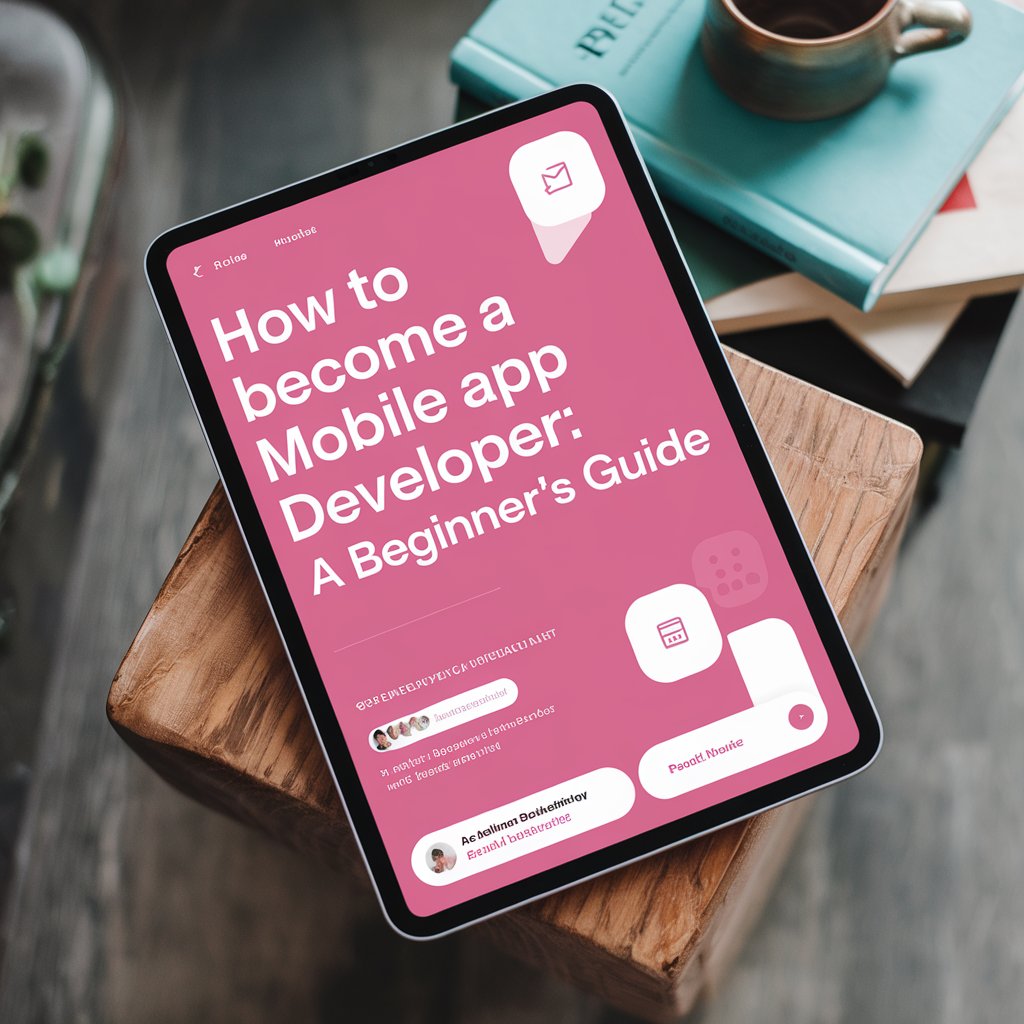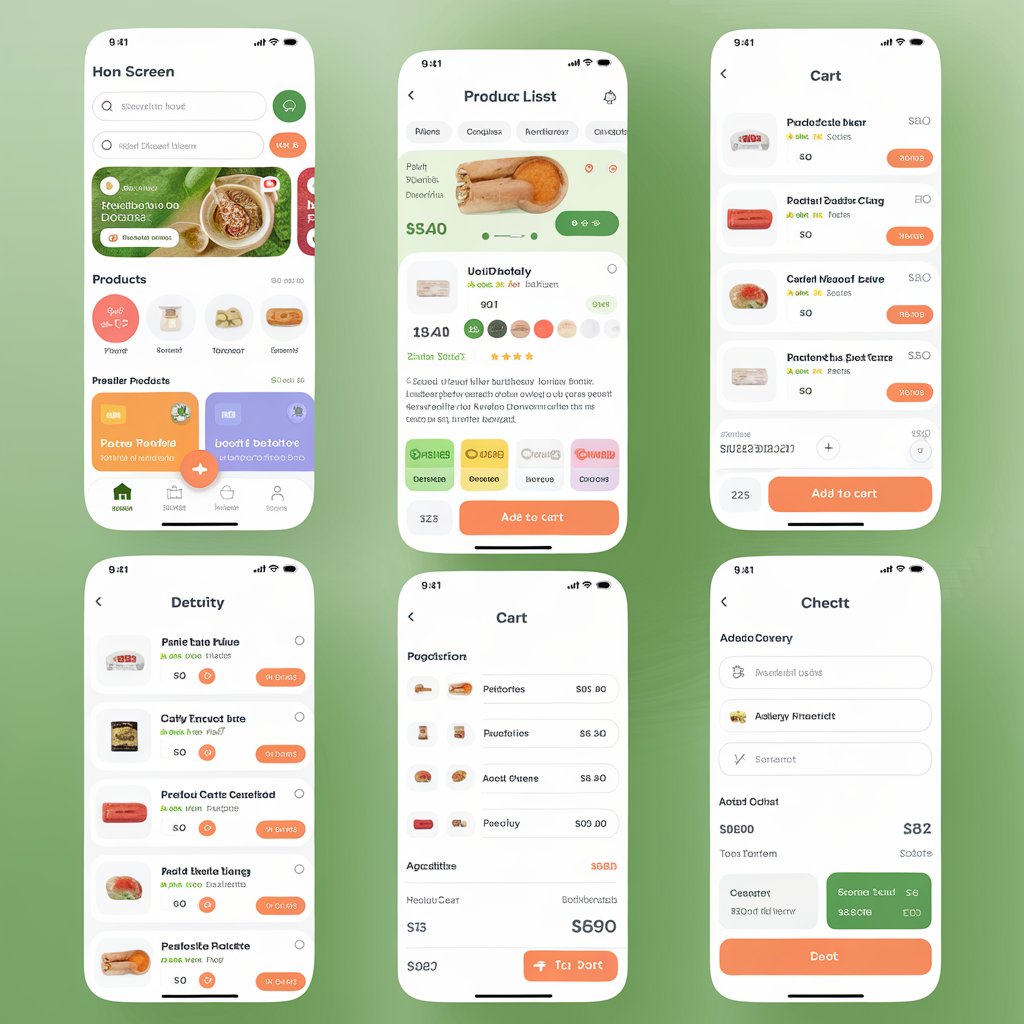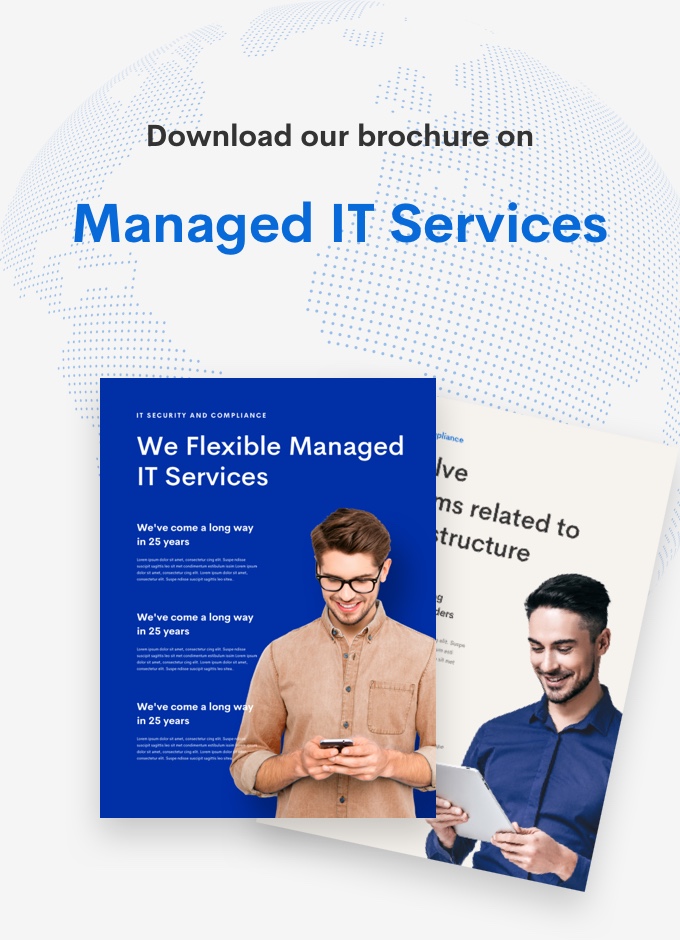How to Become a Mobile App Developer (Beginner’s Guide to App Development) by i-labsolution.com

How to Become a Mobile App Developer (Beginner’s Guide to App Development) by i-labsolution.com
Choose a Platform: iOS, Android, or Both
iOS: Apps for Apple devices (iPhones, iPads) are developed using Swift or Objective-C. You’ll need a Mac computer to develop iOS apps and access to Xcode, Apple’s official IDE.
Android: Android apps are primarily built using Kotlin or Java. You can use any computer to develop Android apps, with Android Studio being the official IDE.
Cross-Platform Development: If you want to create apps for both iOS and Android at the same time, you can use frameworks like Flutter (Dart language) or React Native (JavaScript).
2. Learn Programming Languages
– For iOS: Focus on Swift. Swift is easy to learn for beginners and widely used for iOS app development.
– For Android: Learn Kotlin or Java. Kotlin is the modern choice, but Java is still widely used in existing Android applications.
– For Cross-Platform: Start with Dart (for Flutter) or JavaScript (for React Native). You can learn these languages through free resources, tutorials, or online platforms like Udemy, Coursera, or Codecademy.

3. Master the Development Environment
– For iOS, familiarize yourself with Xcode. It’s a comprehensive IDE that supports app creation, debugging, and testing.
– For Android, get comfortable with Android Studio, which provides similar tools and features for Android development.
4. Understand App Architecture and Design Patterns
Learn about the Model-View-Controller (MVC) or Model-View-ViewModel (MVVM) design patterns, which help in organizing your app’s structure and codebase efficiently. This will help you create apps that are scalable and easier to maintain.

5. Build a Basic App
Start by building simple apps like a calculator, to-do list, or weather app. These projects will help you understand the basics of app development, including layouts, navigation, and data storage.
6. Focus on App User Interface (UI) and User Experience (UX)
Learn about UI/UX design principles and tools like Figma or Adobe XD to design intuitive, user-friendly apps. Both iOS and Android have specific design guidelines (iOS’s Human Interface Guidelines, Android’s Material Design).
7. Get Familiar with APIs and Backend Development
Apps often interact with external data or services through APIs (Application Programming Interfaces). Learn how to:
– Fetch data from servers (e.g., using RESTful APIs).
– Work with databases (e.g., Firebase, SQLite).
– Handle authentication (e.g., using OAuth or Firebase Auth).
8. Test Your Apps
Testing is crucial to ensure your app works as expected across different devices and OS versions.
– For iOS, you can use Xcode’s testing tools and TestFlight to distribute test builds.
– For Android, use Android Emulator and JUnit for testing.
9. Learn Version Control (Git)
Version control is essential for managing changes in your code and collaborating with others. Learn to use Git and platforms like GitHub or GitLab to store your code, track changes, and collaborate on projects.
10. Publish Your App
Once your app is ready, publish it to:
Apple App Store for iOS apps.
Google Play Store for Android apps.


